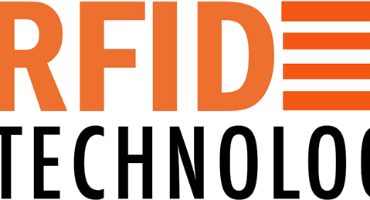Efficiently track assets as they move in or out of cabinets, service rooms, and throughout cleaning and maintenance processes. RFID UHF (Ultra High Frequency) technology is especially effective for valuable asset management in complex environments like hospitals, manufacturing plants, data centers, and logistics hubs. It offers real-time visibility, automated tracking, and status monitoring, which enables smarter decisions and efficient resource utilization.
How UHF RFID Technology Enhances Asset Management
1. Real-Time Visibility of Asset Location
How it Works:
Assets (e.g., tools, medical devices, IT equipment) are tagged with UHF RFID tags.
Fixed RFID readers and antennas are placed at key points throughout the facility: doors, hallways, storage cabinets, service areas.
As assets move, readers automatically detect and log their positions in real time.
Benefits:
Employees can instantly locate any tagged asset via a software interface.
Reduces time wasted searching for equipment.
Enables geo-fencing alerts if assets leave authorized zones.
Outcome: Increased operational speed, fewer lost items, and better equipment utilization.
2. Asset Status & Maintenance Visibility
How it Works:
RFID systems integrate with asset management or maintenance software.
Movement data and event triggers (e.g., entering maintenance rooms) update asset status:
In Use
Under Maintenance
Available
In Storage
Maintenance logs are automatically generated or updated when assets pass through tagged checkpoints (like service bays).
Benefits:
Clear visibility into which equipment is operational or out of service.
Helps schedule preventive maintenance more efficiently.
Reduces unexpected equipment downtime.
Outcome: Increased uptime and extended asset life.
3. Tracking Movement In/Out of Cabinets, Rooms & Service Zones
How it Works:
RFID-enabled smart cabinets or shelves automatically track when items are removed or returned.
Doorway readers monitor movements of assets as they enter/exit:
Service rooms
Clean/dirty zones (e.g., in hospitals or food production)
High-security areas
Benefits:
Automated check-in/check-out processes.
Ensures accountability (e.g., who took what item and when).
Tracks asset movement through sanitization or maintenance workflows.
Outcome: Better control, audit trails, and regulatory compliance.
4. Improved Resource Planning
How it Helps:
Real-time and historical asset movement data supports:
Utilization analysis (e.g., how often tools or machines are used)
Resource forecasting (e.g., how many devices need to be available per shift)
Allocation optimization (e.g., redistributing underused equipment)
Benefits:
Reduces the need for over-purchasing or overstocking.
Aligns assets with actual operational demand.
Increases ROI on high-value items.
Outcome: Lower costs, smarter procurement, and data-driven resource planning.
Example Use Case: Hospital Asset Management
RFID-tagged IV pumps and wheelchairs are tracked across departments.
Staff can check in real-time if a device is available and where it is.
When equipment enters a cleaning or repair zone, its status is updated in the system.
Utilization reports help decide if more assets are needed or if redistribution is sufficient.

